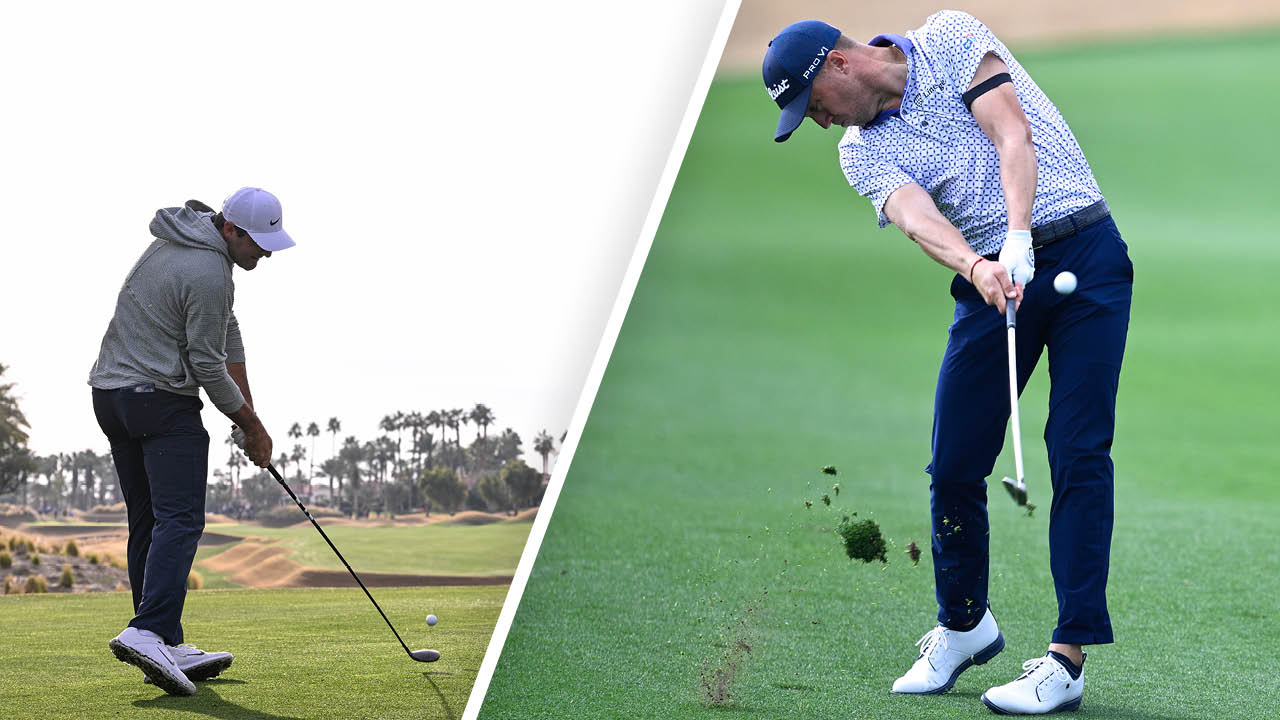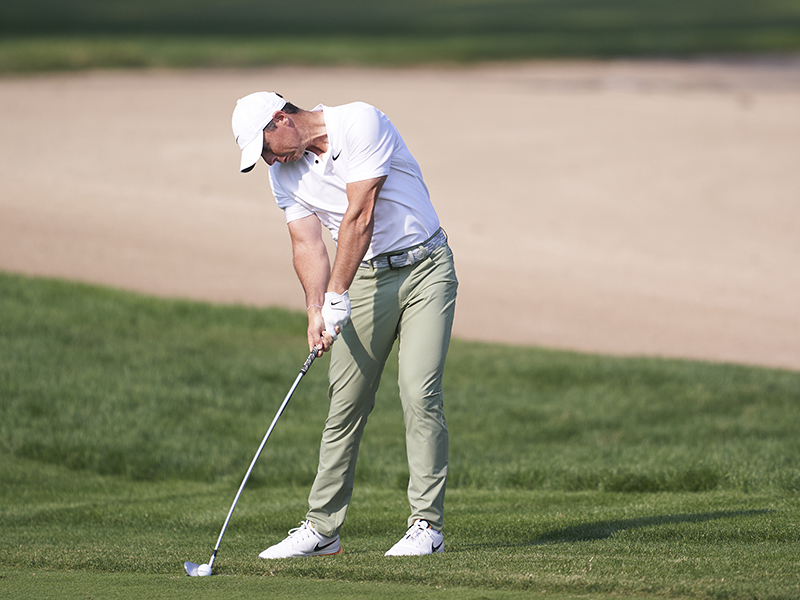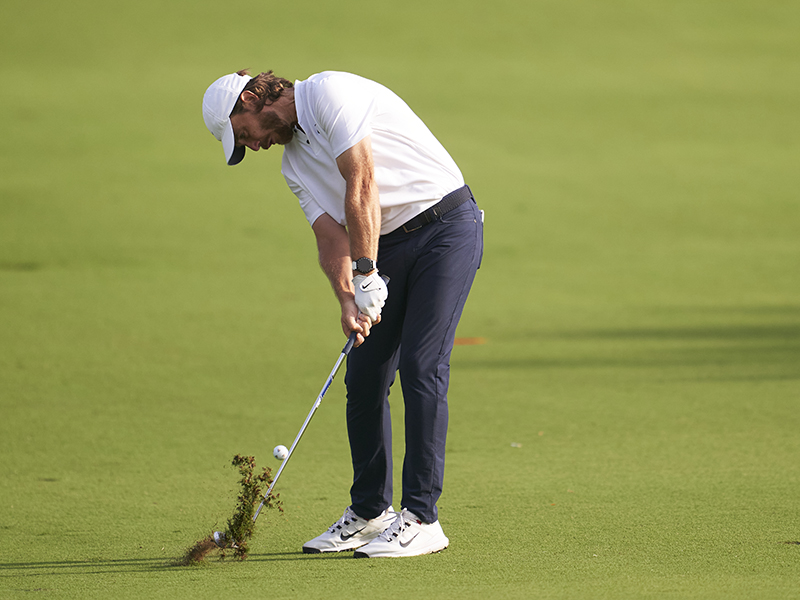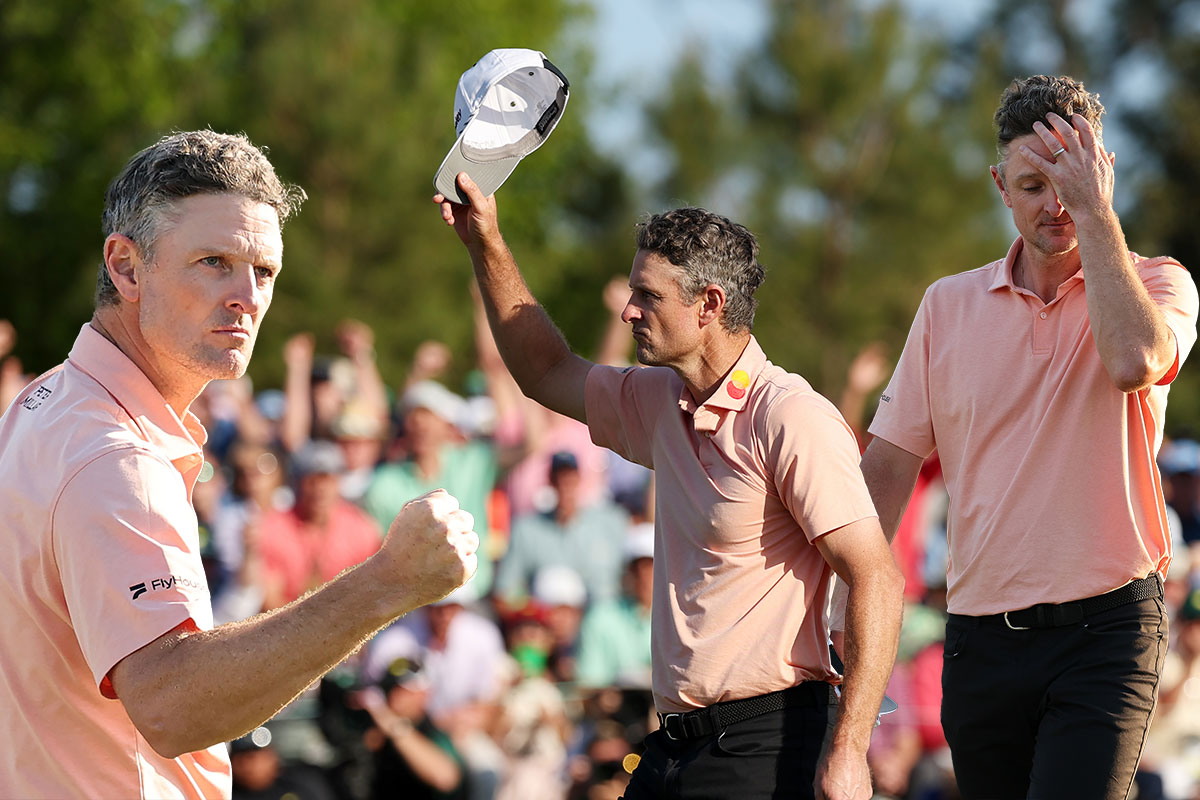This Simple Concept Will Transform Your Ball Striking
Golf Monthly Top 50 Coach and PGA pro Gary Alliss explains how covering the ball will lead to improved ball striking


Hitting cleaner strikes with more consistency is something all golfers strive for. Often, small tweaks can be the difference between striping one into the heart of the green or duffing one 25 feet into the fairway bunker.
In the article below, Golf Monthly Top 50 Coach and PGA professional Gary Alliss explains what 'covering the ball' means and how it can improve your ball-striking...

Gary Alliss has a long and distinguished career in golf coaching, working at some of the top clubs in the UK including The Belfry and Trevose. Gary has helped to improve generations of amateur golfers, teaching them to consistently strike the ball better.
Bonus Video: 5 Best Ball Striking Drills
What does 'cover the ball' mean?
If you are a keen watcher of professional golf on the TV, you will sometimes hear commentators explain how the best players in the world ‘cover the ball’ through impact. This phrase refers to the way a player retains their posture and spine angle through impact. This is one of the most crucial components to good ball striking.
Covering the ball requires a player to use a simple rotation around the angle of the spine, without lifting or dipping the upper body, through to impact. As the player keeps their sternum over the golf ball through impact, they are covering the ball and generally producing better strikes.
If you can master this, not only will your ball striking become sweeter, but you’ll also swing the club on a better line to produce more consistent shots.

Rory McIlroy's position at impact
As you impact the ball, the butt end of the club should be ahead of the hands and head of the club through the impact zone. This is a pre-requisite for hitting crisp, solid iron shots.
The sequence outlined above results in the clubhead compressing the ball into the ground, ensuring you take a divot after the ball, as opposed to during or before. The final element in the quest for pure ball striking is controlling the clubface through impact. In order to achieve this the clubface must be square at the moment of impact.
Get the Golf Monthly Newsletter
Subscribe to the Golf Monthly newsletter to stay up to date with all the latest tour news, equipment news, reviews, head-to-heads and buyer’s guides from our team of experienced experts.

Fleetwood takes a divot after striking the ball
Many golfers have an open club face at impact, causing miss-hits that lack power and distance. What we are looking for is the clubface to rotate from open (pre-impact) to square (at impact) to slightly closed (post-impact).
The timing of clubface rotation through impact will determine the quality of your ball striking. Well-planned practice can improve your timing and rhythm, and help to make you a purer iron player.
Quick Tip
Stand upright at address, then, keeping your back straight, set your upper body over the ball by bending at the hips.
Then, flex your knees so that you are in an athletic position. This is the solid posture you should set at address and then look to retain.
Gary's ball striking checklist
1) Rotate around the angle of your spine
2) Keep your sternum over the golf ball through impact
3) The butt end of the club should be ahead of the hands and head of the club through the impact zone
4) Look for the clubface to rotate from open (pre-impact) to square (at impact) to slightly closed (post-impact)

Location: Various (south coast)
Gary began his PGA training at Trevose, where, in 1983, he became head professional. In 2005, he joined The Belfry, where he managed a team of 35 PGA professionals. He's travelled the world several times over, working extensively in Slovakia, Ghana and Israel, and from January 2022 he will be will be taking over his father's position as patron of England and Wales Blind Golf Society.
Teaching philosophy:
Sound fundamentals. Aim and alignment, grip where the hands work together; good posture to promote balance; and set a sound swing plane. The game is about moving the ball forwards. The ball doesn't know who's holding the stick - all it knows and reacts to is impact. Get impact correct consistently and you can play golf quite well.
Greatest teaching influence:
My grandad, Percy. He taught me to play and a great deal of what I learned from him in the 1950s I still tell pupils today. And John Jacobs and Alex Hay, both of whom delivered the message in simple language. They were excellent demonstrators and wonderfully articulate.
Greatest success story:
A lady (Valerie Stock) came to me fearing she'd never see her husband during their retirement if she didn't learn to play. She booked two lessons per week for three months, but she just couldn't hit a ball. Suddenly she stopped coming. Four weeks later, and after practising in her garden, she rebooked - and sure enough she could play. Before we could progress, she emigrated. Three years later, Valerie walked into the golf shop and told me she was playing off 19, saying everything I told her just took a long time to process!
-
 The Last Time Rory McIlroy Won A Major (Prior To The 2025 Masters)....
The Last Time Rory McIlroy Won A Major (Prior To The 2025 Masters)....We wind the clock back to the year 2014, when Rory McIlroy was the heir-apparent to Tiger Woods
By Michael Weston Published
-
 I'm Thrilled For Rory McIlroy But Gutted For Class Act Justin Rose... I'd Love Him To Win Another Major
I'm Thrilled For Rory McIlroy But Gutted For Class Act Justin Rose... I'd Love Him To Win Another MajorJustin Rose pushed Rory McIlroy all the way in The Masters, and while I am super impressed by the Career Grand Slam, part of me is hurting for the Englishman...
By Barry Plummer Published